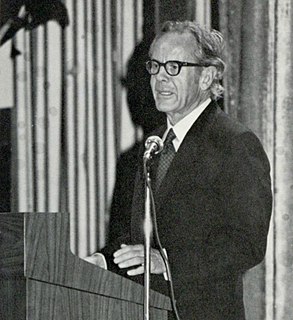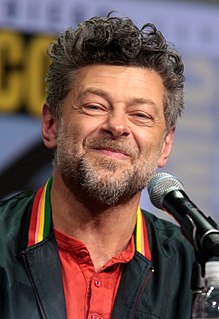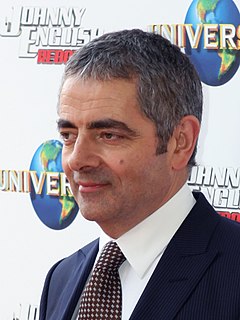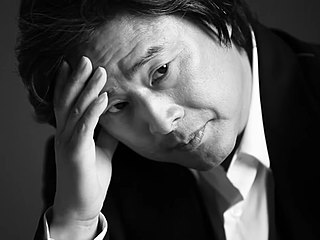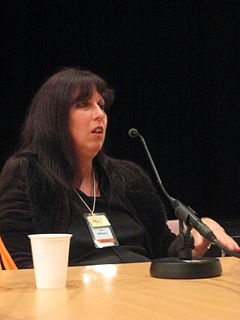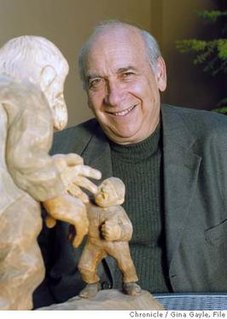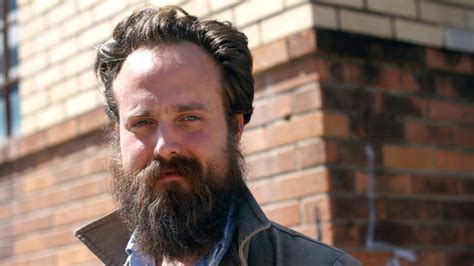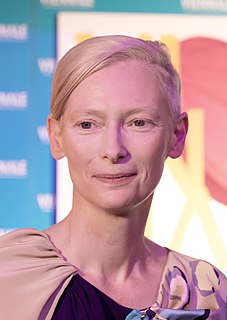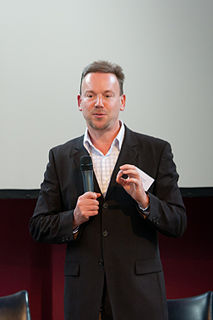A Quote by Diana Wynne Jones
If you take myth and folklore, and these things that speak in symbols, they can be interpreted in so many ways that although the actual image is clear enough, the interpretation is infinitely blurred, a sort of enormous rainbow of every possible colour you could imagine.
Related Quotes
I mean, in many ways, you know, I felt very connected to Ian (Dury) on, on a lot of levels. I mean, politically, & sort of, socially, our, kind of, social backgrounds are quite similar in many ways, as well as our kind of artistic endeavors. So there were many, many things that sort of chimed in for me, and kind of made me feel very instinctive about playing him, and, and although, there was sort of a certain amount of impression involved, actually, there's a lot of myself in the role.
You can treat musicians like actors - you give them a roadmap but don't tell them what to do, and let their personal style or interpretation speak in the piece. And in both film and music, you create a space where people feel safe to do their best. You treat songs like scripts that can be interpreted a lot of different ways.
Symbols are specific acts or figures, while myths develop and elaborate these symbols into a story which contains characters and several episodes. The myth is thus more inclusive. But both symbol and myth have the same function psychologically; they are man's way of expressing the quintessence of his experience - his way of seeing his life, his self-image and his relations to the world of his fellow men and of nature - in a total figure which at the same moment carries the vital meaning of this experience.


